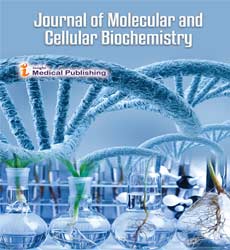ROS and miRNA signaling in ovarian cancer angiogenesis, tumor growth, and treatment resistance.
Ovarian cancer represents the fifth leading cause of cancer-related death among women. However, the mechanisms of ovarian cancer development and the treatment resistance remain to be elucidated. We found that ovarian cancer cells generate higher levels of reactive oxygen species (ROS) through NOX4 overexpression compared to immortalized normal ovarian epithelial cells, which are involved in inducing tumour growth and angiogenesis. More interestingly, ROS inhibit miR- 199a and miR-125b expression through increasing the promoter methylation of the miR-199a and miR-125b genes by DNA methyltransferase 1, thus increasing their targets HER2 or/and HER3 expression in ovarian cancer cells to regulate tumour angiogenesis. Cisplatin is commonly used in ovarian cancer treatment by inducing apoptosis in cancer cells as a result of lethal DNA damage. The cytoprotective functions of autophagy in cancer cells have been suggested as a potential mechanism for chemo resistance. It is demonstrated miR-152 as a new autophagy-regulating miRNA that plays a role in cisplatin resistance. MiR-152 expression was dramatically downregulated in the cisplatin resistant cell lines and in ovarian cancer tissues associated with cisplatin resistance. Overexpression of miR-152 sensitized cisplatin-resistant ovarian cancer cells by reducing cisplatin-induced autophagy, enhancing cisplatin-induced apoptosis and inhibition of tumor growth through its direct target ATG14. Collectively, these data provide insights into novel mechanisms for ROS and miRNAs signalling in ovarian cancer angiogenesis, tumour growth, and treatment resistance.
Open Access Journals
- Aquaculture & Veterinary Science
- Chemistry & Chemical Sciences
- Clinical Sciences
- Engineering
- General Science
- Genetics & Molecular Biology
- Health Care & Nursing
- Immunology & Microbiology
- Materials Science
- Mathematics & Physics
- Medical Sciences
- Neurology & Psychiatry
- Oncology & Cancer Science
- Pharmaceutical Sciences
